DEATH
Medicolegal view
- Ensuring death is crucial as some drugs can mimic signs of death or deep coma.
Objectives
To know the following:
- Differentiate properly between the cause of death, the mode, and manner of death
- Describe different phases of death
- Discuss the molecular life
Objectives: cont.
- List the diagnostic criteria to diagnose somatic death and sure signs to avoid burial of comatose patients.
- Discuss the accurate tests for diagnosis of brainstem death and the conditions for their application.
- Discuss sudden death and its causes.
Objectives: cont.
- Realize the importance of the followings:
- Time of death
- Manner of death
- Difference between natural and unnatural death.
Diagnosis of Death
Natural or Unnatural
- First, examine the heart for Atherosclerosis, then the Brain for any Hemorrhage.
- The cause of death (Suicidal or Homicidal)
- The mode and
- The manner of death
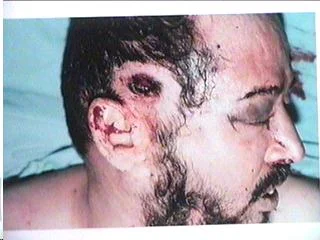
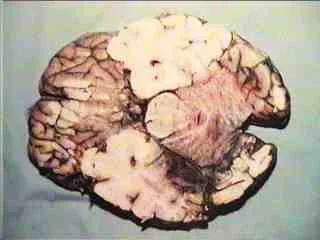
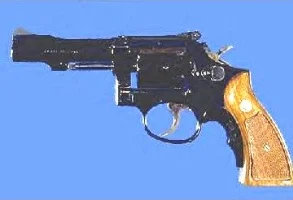
1. Cause of Death
- Any injury, disease, or toxic substances that produce derangement of body functions leading to death.
2. Mode of Death (Mechanism of Death)
- Physiological derangement of body functions that precipitates death, e.g., coma, hypotension.
3. Manner of Death
- How the death occurred:
- Homicide
- Suicide
- Accident
- Natural
- Unclassified
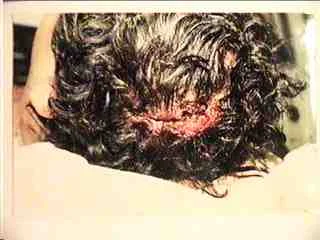
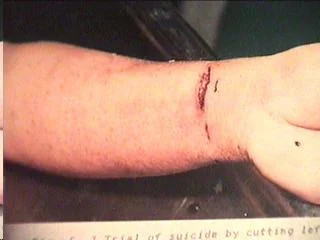
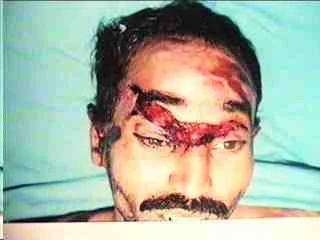

Phases of Death
-
Somatic (Clinical) Death
- Irreversible loss of whole body function due to permanent cessation of vital functions. (respiration, circulation and CNS functions).
-
Molecular Death
- Death of individual organs and tissues; the period between somatic death and molecular death
Brain Death
- Irreversible cessation of cortical brain function, brain stem, or whole brain.
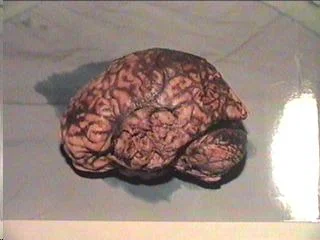
Diagnosis of Somatic or Clinical Death
- Cessation of circulation
- Cessation of respiration
- Cessation of brain functions
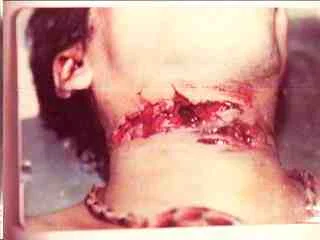
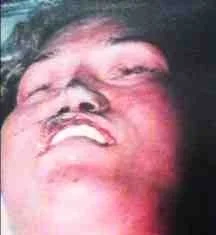
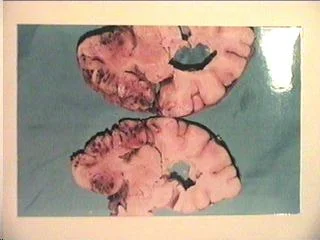
Diagnosis of Death
- The diagnosis of death was based on the finding of any of death signs:
- I. Irreversible loss of respiratory function
- II. Irreversible loss of cardio-circulatory functions
- III. Irreversible loss of brain functions
- IV. Algor mortis (postmortem coldness)
- V. Livor mortis (postmortem lividity )
- VI. Rigor mortis (postmortem rigidity)
- VII. Cadaveric spasm
- VIII Loss of muscle contractions
- IX. Putrefaction
- Signs I and II correspond to the classical
- respiratory and cardiocirculatory functions.
- IV to IX are related to forensic circumstances
Complete Cessation of Circulatory Function
- Magnus’s test
- Diaphanous test
- Finger nail test
- Heat test
- A flat E.C.G. for a continuous period of five minutes
Magnus’s Test
This is one of the most reliable tests, and consists of tying a ligature tightly round the base of a finger, sufficient to cut off the venous channels without occluding the arteries. The finger remains white, if circulation has entirely ceased, otherwise the seat of the ligature is marked by a bloodless zone, and the portion beyond it becomes gradually blue and swollen.
Diaphanous Test
During life the webs of the fingers appear scarlet or very red and translucent, if the hand with the fingers abducted is held against a strong light. while they appear yellow and opaque after death.
The hand may, however, appear
- red in carbon monoxide poisoning, and
- yellow in anaemia or syncope.
Icard’s Fluorescein Test
The hypodermic injection of a solution of fluorescin
- does not produce any discoloration of the skin, if circulation has stopped ;
- but it renders the neighbouring skin yellowish-green, if circulation is still going on. The substance may also be detected in the blood drawn by pricking the skin at some distance from the seat of injection.
Complete Cessation of Circulatory Function
- Finger nail test:
- On the application and withdrawal of pressure to the finger nail
- It opaque not assumes alternately a white and a pink color as in life.
- Application of heat: , e.g. a burning match or melted sealing-wax to the skin will not produce- a true blister with a red line of demarcation,If circulation has stopped.
- Cutting a small artery: no jerky flow of blood if circulation has stopped.
Entire and Permanent Cessation of Respiratory Function
- Mirror test
- Feather test
- Winslow’s glass water test
Tests to Determine Stoppage of Respiration
(a) The surface of a cold, bright looking-glass held in front of the open mouth and nostrils becomes dim, due to the condensation of warm moist air exhaled from the lungs, if respiration is still going on, but not otherwise. This test is useful in the cold weather.
(b) There will be no movement of a feather or cotton fibers held in front of the mouth and nostrils if respiration has stopped, but this is not a reliable
(c) Winslow’s Test. There will be no movement of an image formed by reflecting artificial or sun light on the surface of water or mercury contained in a saucer and placed on the chest or abdomen, if respiration has ceased. Similarly, water will not be spilt from a vessel filled to the brim and placed on the chest or abdomen, if respiration has stopped
Brain Death
Irreversible end of all brain functions, including the brain stem NOT the same as: Coma
- Usually some evidence of interaction with environment
- Reflexes, painful stimuli
- EEG
Persistent Vegetative State
- Sustained autonomic function
- Heart, lungs, sleeping and waking cycles
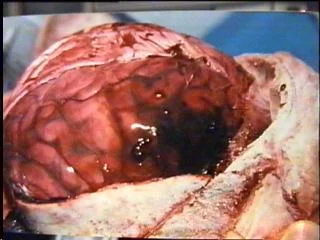
Brain-Stem Death
- The patient must be in a comatose state for at least six hours.
- All brain-stem reflexes must be absent.
Persistent Vegetative State
-
Definition : Patient with severe brain damage in whom coma has progressed to State of wakefulness without awareness.
-
Mechanism: Loss of the higher cerebral power but the brain stem functions as resp. circul . Are relatively intact.
-
Causes: massive cerebral infarction, head trauma, hypoxic encephalopathy and severe hypoglycemia.
Examination of the Eyes
- pupils are fixed not respond to intense light.
- pupils stop reacting to light (Light reflex abolished
- No corneal reflex
- Corneal Changes;
- Loss of Clear Glistening
- Dry, Cloudy and opaque
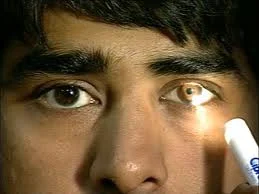
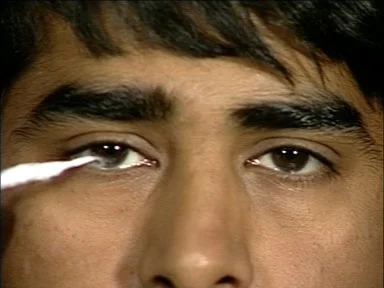
Pharyngeal and Tracheal Reflexes
- Both gag and cough reflexes are absent in patients with brain death.
-
Gag reflex can be evaluated by stimulating the posterior pharynx with a tongue blade, but the results can be difficult to evaluate in orally intubated patients
-
Cough reflex can be tested by using ETT .
-
Glasgow Coma Scale
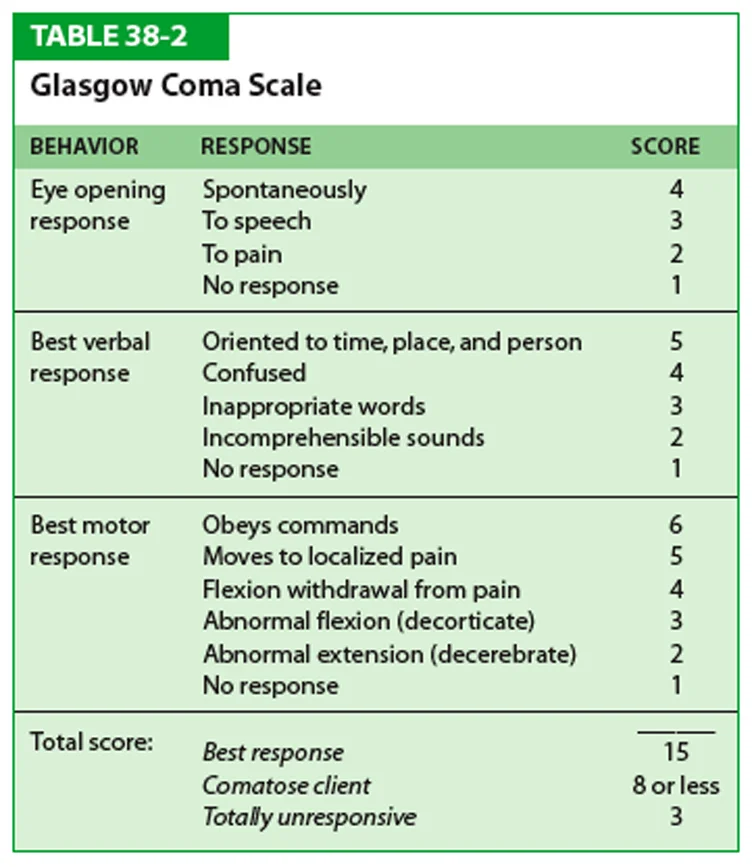
Diagnosis of Brain Death
Cases should be excluded before declaring brain death
- o Patients under effects of drugs.
- o Core temp. of the body shouldn’t be less than 36.5
- o Shouldn’t be suffering from endocrine or metabolic disturbance
Confirmatory Tests
Electrical Activity
- Electroencephalography (EEG)
- Cerebral blood flow = perfusion scan
- Cerebral Angiography
Early Signs of Postmortem Changes
- Severe hypothermia (31-32)
- Hypostasis
- Lab findings
- Hyperkalemia ≥8 mmol/l
- Severe acidosis ≤ 6.7
Early Changes
- Changes in the eye
- Changes in the skin
- Cooling of the body/Algor mortis
- Post mortem lividity/Hypostasis
- Rigor mortis/Cadaveric rigidity
Changes in the Skin
- Loss of translucency
- Pale and ashy white appearance
- Loss of elasticity
- Wounds inflicted after death do not gape. Wounds caused during life will retain their characteristic features.
- paleness of the skin
conjuctivae and mucous membranes becomes pale due to fall of blood pressure and cessation of circulation of the blood - Skin of the face and the lips may remain red or blue in hypoxic/congestive deaths
Changes in the Muscles
- Primary relaxation/Flaccidity
- Rigor mortis/Cadaveric rigidity
- Secondary relaxation
Primary Relaxation (Flaccidity)
Starts immediately after death with generalized relaxation of muscle tone:
- Drop of lower Jaw
- Eye balls lose their tension
- Pupils are dilated
- Joints are flabby
- Smooth relaxation- incontinence of Urine and Feces.
Early changes; primary flaccidity primary flaccidity
- complete loss of muscle tone.
- loss of muscle tone in the sphincters .
- (voiding of urine).
- Regurgitation.
- very common feature of terminal collapse.
- common complication of resuscitation.
- may retain reactivity
- may respond to touch and other forms of stimulation hours after cardiac arrest
- focal twitching decreases with time (discharges of dying motor neurons)
Postmortem Lividity; Livor Mortis
-
It means discolouration or staining of the skin and organs after death due to accumulation of fluid blood in the dependent parts of the body. 1- 3 hr. Starts 6-8 hr. Fixes.
-
start of Lividity.
-
Development of lividity.
-
Fixation of lividity
-
Site of distribution
-
Pattern
-
Extent
-
Difference between lividity and bruise.
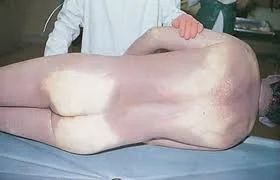
Medico-Legal Importance
- It is a reliable sign of death
- It gives the information about the position of the body at the time of death
- Time since death can be estimated
- Colour suggest the cause of death
- Distribution of lividity may give the information about the manner of death
Rigor Mortis/ Cadaveric rigidity :
This phenomenon comes immediately after the muscles have lost the power of contractility and is irreversible changes in the muscles of the body, both voluntary and involuntary.
- Myofibrils
- Myosin and Actin
- Adenosine Triphosphate – A.T.P.?
Time of Onset : …………..
- Not related to nerves action
- Develops in paralyzed limbs also
- First appear in involuntary muscles
- Last to be affected finger and toes muscles.
Temperate climate – lasts for 2-3 days. Tropical climate – 24 – 48 hours in winter
- 18 - 36 hours in summer
In general – 1-2 hours sets on
- for , 12 hours develops
- for - 12 hours maintains
- and after 12 hours passes of
Circumstances modifying the Onset and Duration of Rigor mortis.
- Age-
- Rigor Mortis is very rare in premature infants.
- Rigor –mortis is slow in adolescent and healthy adults
- Muscular condition and activity before death.
- Onset is slow and duration is longer in muscular and healthy body at rest.
The effect of manner of death:
- In wasting disease and great exhaustion- cholera, plague, typhoid, T.B. Cancer etc. the onset is early and disappears soon.
- In diseases – Pneumonia, asphyxia and nervous conditions- onset is delayed .
- In dry and cold air-onset slow and lost for long time.
- Warm and moist air onset is rapid and duration short.
Conditions Simulating Rigor-Mortis
- Heat Stiffening
- Cold Stiffening
- Cadaveric Spasm
Secondary Relaxation :
- Muscles become soft and Flaccid
- Do not respond to a mechanical and electrical stimulus.
Factors affecting the cooling curve:
Normal body temperature varies. Body cooling does not occur at a uniform rate Under average conditions, the body cools at the rate of about 1.5.0-2.5 degrees Fahrenheit per hour during the first few hours, then slower afterwards Skin cools more rapidly than the inside of the body .
We consider this equation of cooling
The fall in °C from 37°C =0.8 °C/hourZ
The rate of cooling is also dependent on following factors:
- Age .
- Condition of Body.
- Manner of Death.
- Atmosphere.
Methods of measuring body temperature:
Estimation of temperature by touching with the hand is a useful first maneuver when at the scene of a death. The traditional method of taking the post-mortem temperature is by placing a mercury thermometer in the rectum.
More modern measuring devices include thermocouples, which register temperature accurately with minimum stabilization time

